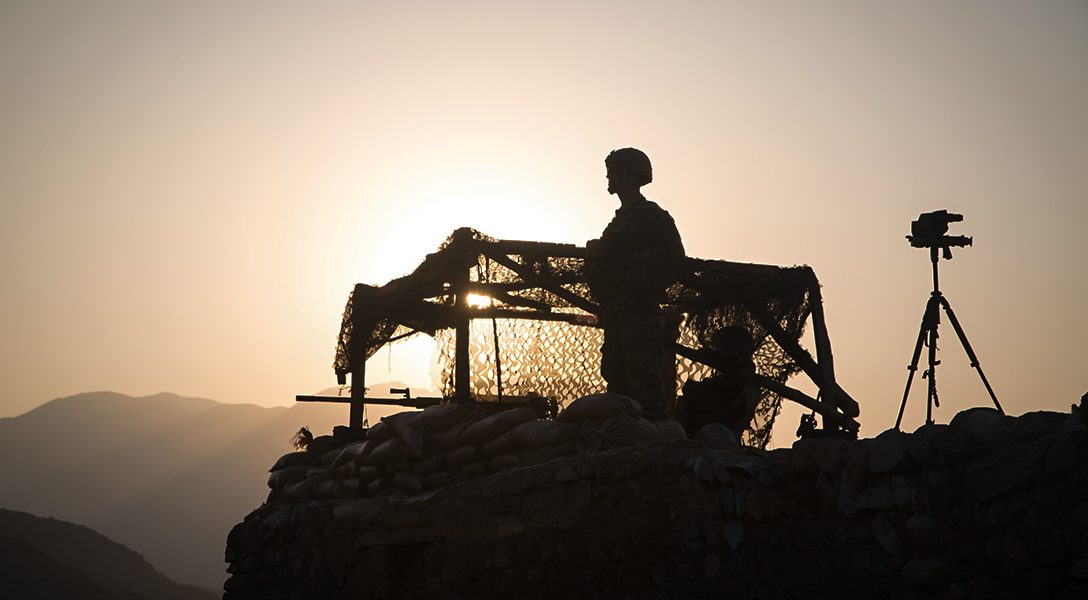The inability to recruit the right people and keep them involved in the $150-billion mission to rebuild Afghanistan was one of the reasons why it was doomed to fail.
|
Listen To This Story
|
US efforts to rebuild Afghanistan were hampered by an inability to find the right people for the mission and get them to stick around. In addition, the poor coordination between civilian and military organizations also created barriers that stood in the way of success, according to the watchdog tasked with probing what went wrong.
According to the Special Inspector General for Afghanistan Reconstruction (SIGAR), these were problems identified “by almost every person” who worked in the country.
“There were often not enough staff to oversee the spending, and not enough who were qualified to do so,” stated SIGAR John Sopko in the report. “US personnel in Afghanistan were often unqualified and poorly trained, and those who were qualified were difficult to retain.”
The document strongly suggests that these problems played a major role in why the reconstruction effort failed even though the US has spent nearly $150 billion on it.
It’s not difficult to imagine why qualified personnel did not want to move to Afghanistan to participate in a quagmire… or why those who did do a good job wanted to leave quickly again.
“In its effort to rebuild Afghanistan over 20 years, US government agencies suffered from a chronic lack of institutional preparation that consistently prevented them from getting the right people into the right jobs at the right times,” Sopko stated.
One consequence of the issues was that there was a near-constant loss in institutional knowledge that led to the same or similar mistakes being made all over again.
The report notes that it did not have to be that way.
Many agencies involved in Afghanistan’s reconstruction, such as the State Department, the Pentagon, and the US Agency for International Development (USAID), had opportunities to establish structures to better accomplish the goals of the mission.
“But politically driven timelines that hindered long-term thinking made it all but impossible to invest in our own institutions to effectively rebuild Afghanistan,” Sopko concluded. “Perhaps the greatest strategic liability created by that short-term mentality was in the recruitment, training, coordination, and replacement of personnel who oversaw the country’s reconstruction.”
In a previous report, SIGAR had already pointed out a counterproductive dynamic in terms of the coordination between the civilian agencies and the Department of Defense (DOD).
While the State Department and USAID were theoretically better equipped to lead the reconstruction effort, they did not manage to do so in part because they were poorly staffed.
This caused DOD to take over, which had the resources but lacked the expertise. This, in turn, led to tensions between military and civilian agencies.
That being said, it would be unfair to blame the people on the ground because many of the problems were created in Washington.
“[Shifts] in US domestic politics over the course of the reconstruction effort have turned over two decades of reconstruction into what amounted to a series of one-year efforts, creating a perpetual — and conflicting — sense of both imminent departure and permanent presence,” the report concluded. “Ultimately, the absence of a clear and stable timeline for the US presence in Afghanistan had a ripple effect on personnel management. It resulted in shorter deployments, frequent rotations, and a lack of continuity in personnel assignments.”




